CuriosiD: Why are there 5 Grosse Pointes?
Quinn Klinefelter December 6, 2016Michigan’s affluent Grosse Pointes are split into 5 different municipalities. The reason involves control. And alcohol.
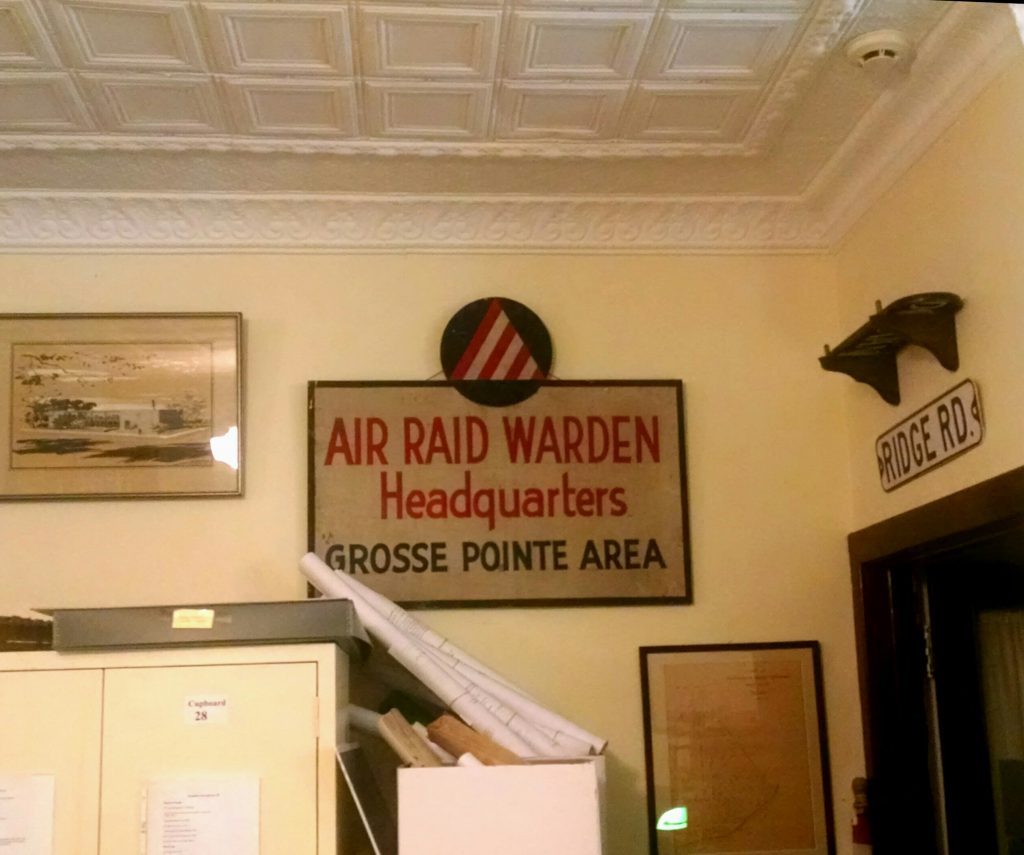
The question for this edition of CuriosiD comes from listener Dwayne Dobine:
“Why are there five separate cities that are seemingly small size with the same basic name in the Grosse Pointes? I was trying to figure out if there was there some type of dispute over land or if they were controlled by families or something of that nature?”
The Short Answer
Researchers with the Grosse Pointe Historical Society say what was once Grosse Pointe Township began dividing into different municipalities because of a dispute over alcohol. The experts say some in the Grosse Pointes were unhappy that parties held there which included drinking adult beverages led to bad behavior by intoxicated visitors and resulted in damage to some homes.
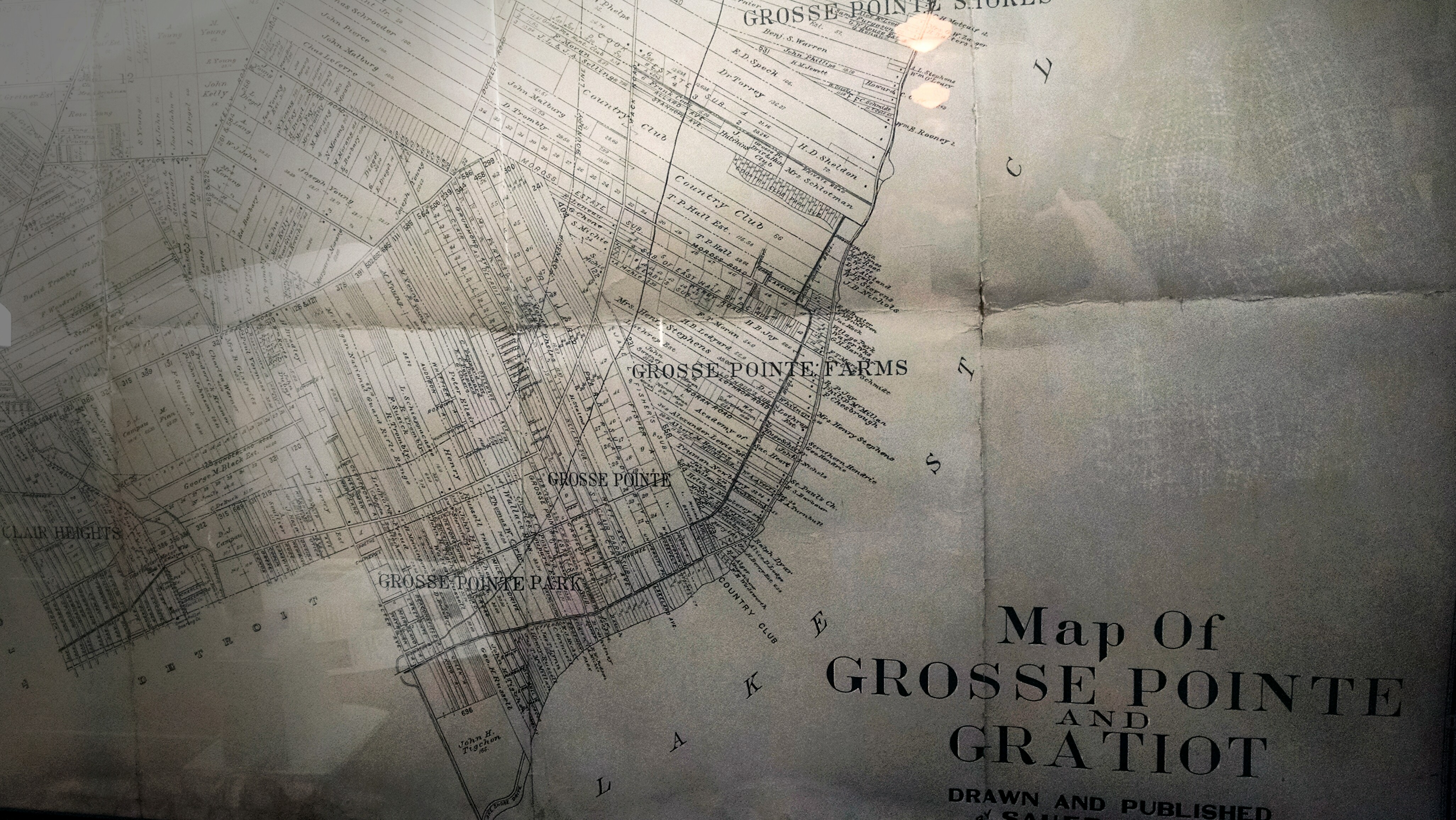
Finding the trail to the truth begins in Grosse Pointe Farms at a small, well-appointed home that was once set on what’s called a “ribbon farm.” That’s a long, narrow slice of farmland typically set beside a body of water,
Inside the home, the Director of Education for the Grosse Pointe Historical Society, Isabelle Donnelly, pointed to original flooring and other items she said made the house extraordinary.
“We believe it to be the oldest ribbon farm house in Grosse Pointe and in Detroit,” Donnelly said, “circa 1823.”
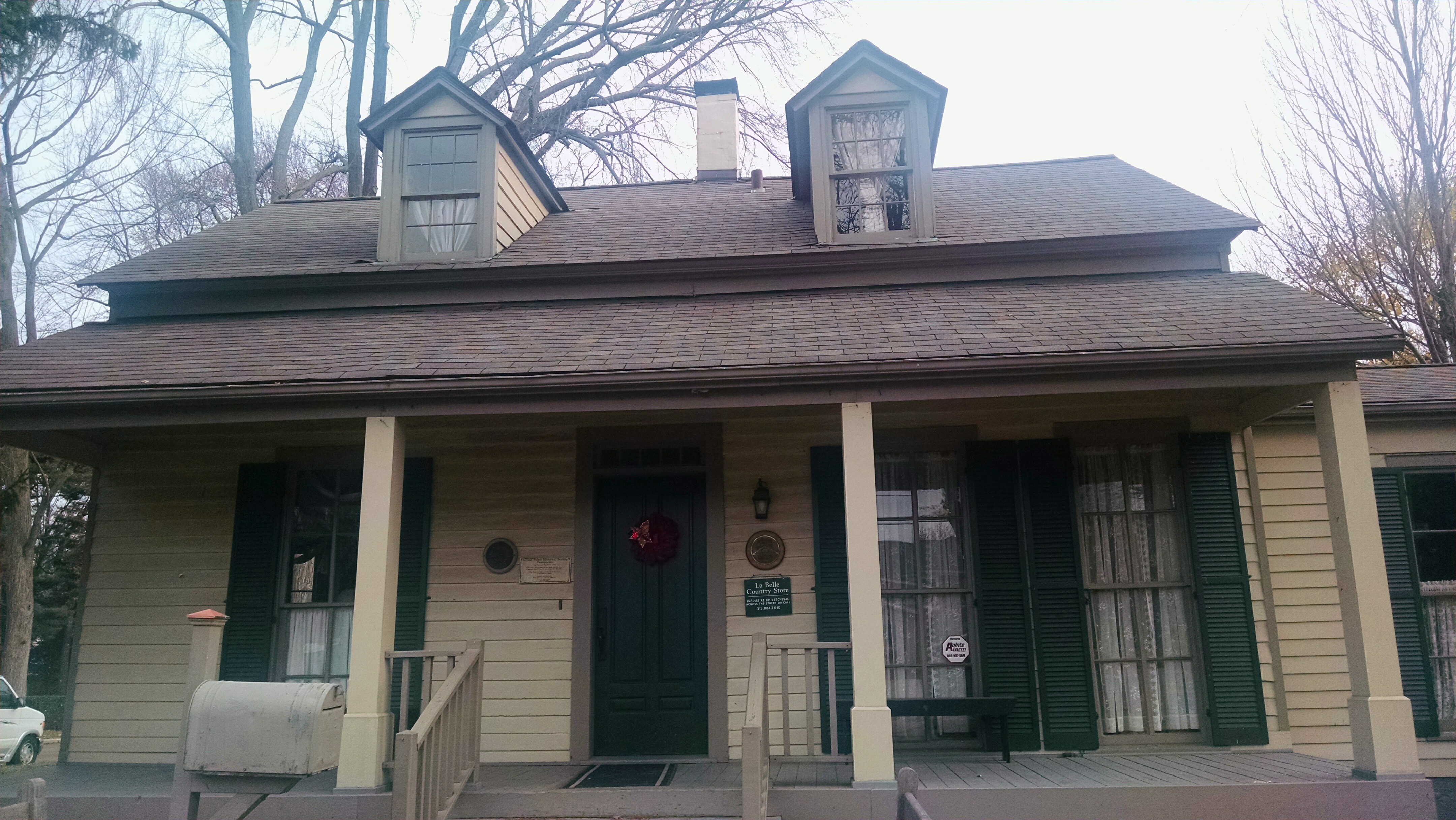
She says ribbon farms used to cover the lake shoreline as part of an original Grosse Pointe area that stretched all the way towards Hamtramck.
“It was Grosse Pointe Township,” Donnelly said. “And Grosse Pointe is French for large point. So that was (a marker) for canoe men. There’s the point and the French name. So that’s where the ribbon farm families came out. Then the lumber industry starts in the late 1800’s. And they start buying plots of land and building cottages. And that’s what changed the landscape from ribbon farm to mansions.”
Donnelly says the ribbon farms drew workers to what are now the Grosse Pointes, while the lush landscape in the area became a lure for those with wealth. It’s a lure, Donnelly said, that still remains today.
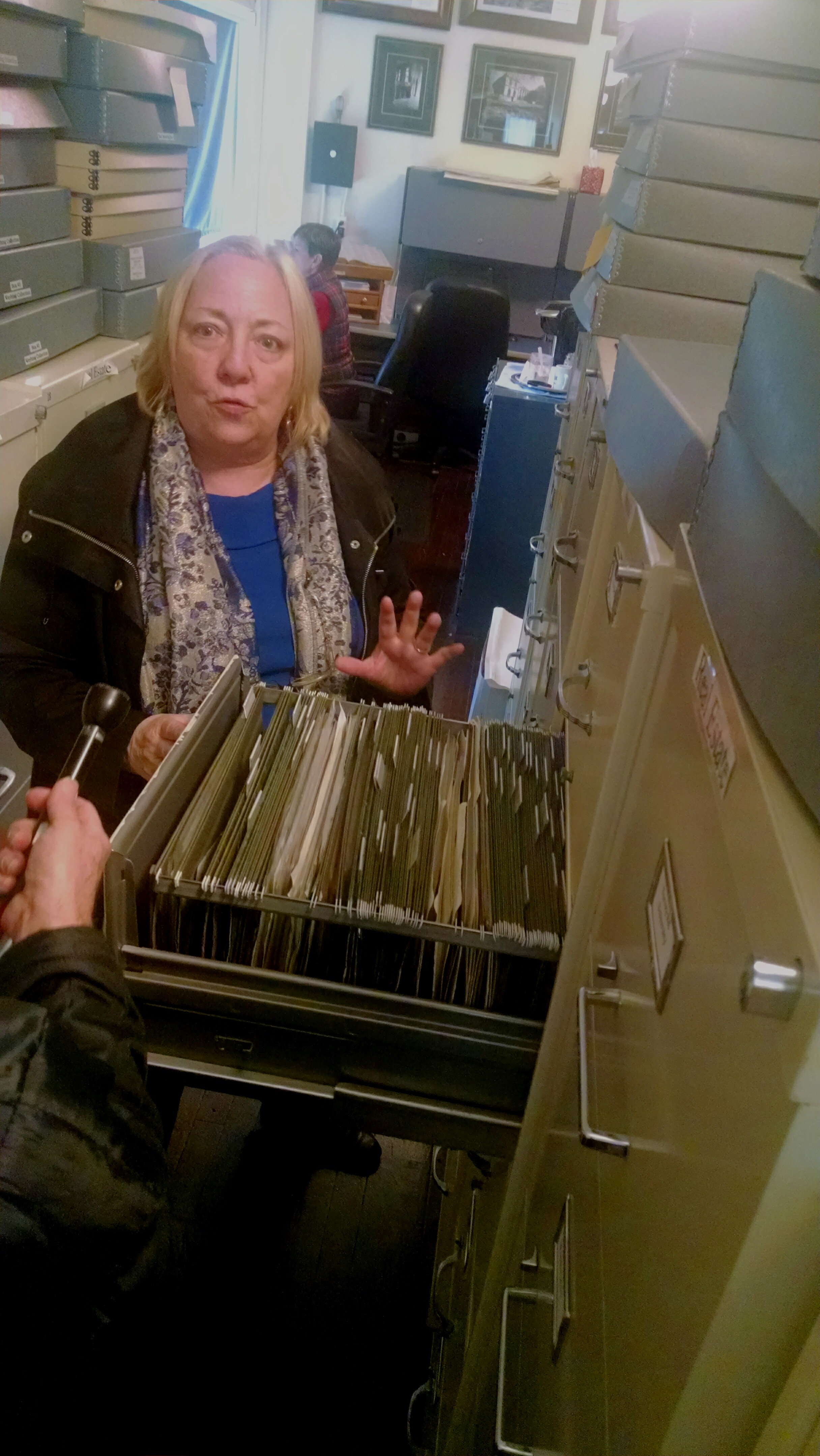
“There was the very upper-crust. But there’s all levels. I am certainly not an upper-crust person working at a non-profit, ha! I mean there are a lot of levels here,” Donnelly said. “But I think it was those early years when Detroit became such a boom city and so many wealthy people were here and had those huge mansions. So there’s always been a group of classes here in Grosse Pointe. But the loudest is the mansions, that’s what makes all the noise.”
“We know that there is this reputation from long ago that Grosse Pointe was an exclusive community. But what I see today is a community that is so phenomenally welcoming to individuals.” — Kathleen Mullins, Grosse Pointe Chamber of Commerce.
Wealthy and Exclusive?
That affluence brought with it a reputation for exclusivity, that the Grose Pointes only wanted a “certain” kind of resident, ones who were wealthy and respectable.
Even Hollywood began portraying the Grosse Pointes as synonymous with Old Money snobbery, in everything from feature films to the hit cartoon television series The Simpsons.
In one installment Homer Simpson examined a group of elk and said, “Look at those stupid city slickers with their fur coats and pointy hats.”
His cartoon wife Marge replied, “Homer those are elk!”
“I still hate them,“ Homer grumbled. “Go back to Grosse Pointe!”
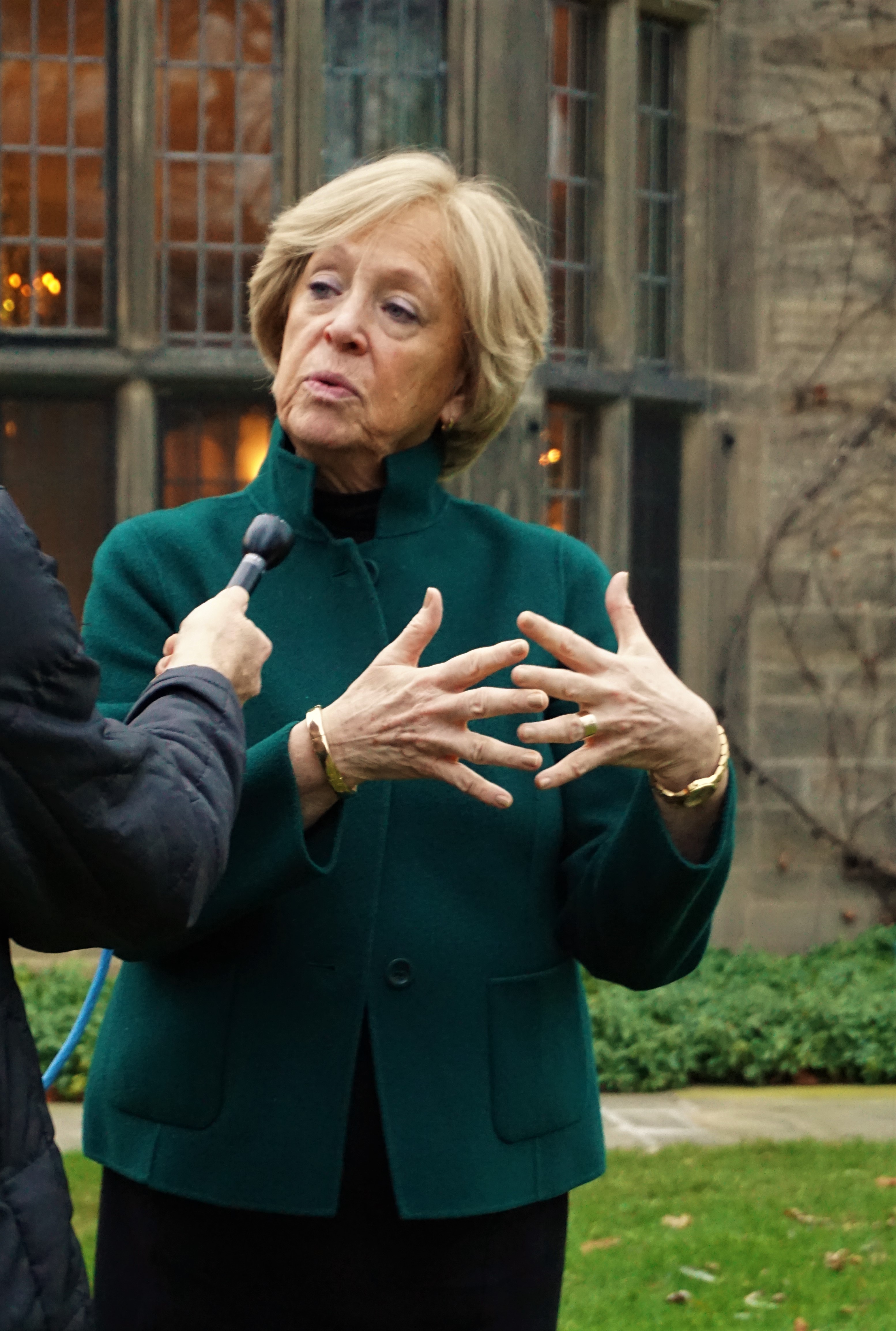
But the chair of the board of the Grosse Pointe Chamber of Commerce, Kathleen Mullins, says such stereotypes of the area are far overblown.
Mullins said, “We know that there’s this reputation from long ago that Grosse Pointe was an exclusive community. And I remember thinking, ‘Oh those Grosse Pointers.’ But what I see today is a community that is so phenomenally welcoming to individuals. If you want to be part of the Grosse Pointe community, the Grosse Pointe community is really happy to have you here.”
Mullins also serves as the President and CEO of the Historic Ford Estates, including the stone-gated Grosse Pointe Shores compound that was once the home of Edsel and Eleanor Ford.
It’s an example of the wealth the Grosse Pointes are known for.
But Mullins says the Ford family itself is also an example of how even the captains of the auto industry remembered their humble beginnings and worked to help those less fortunate.
“They didn’t have two pennies before that Model T was invented,” Mullins said. “That came off the line in 1908. Everything about them changed. And instead of saying it’s me, me, me and I’m taking my money and I’m going to buy myself a big house, they didn’t do that. During the Depression Edsel and Eleanor paid the salary of the employees at the DIA (Detroit Institute of Arts museum) to keep it open. They started Henry Ford Hospital. This was a hospital for the working class. It wasn’t all about me. It was, ‘We’ve been very successful and we have an obligation to support and to share that.’ ”
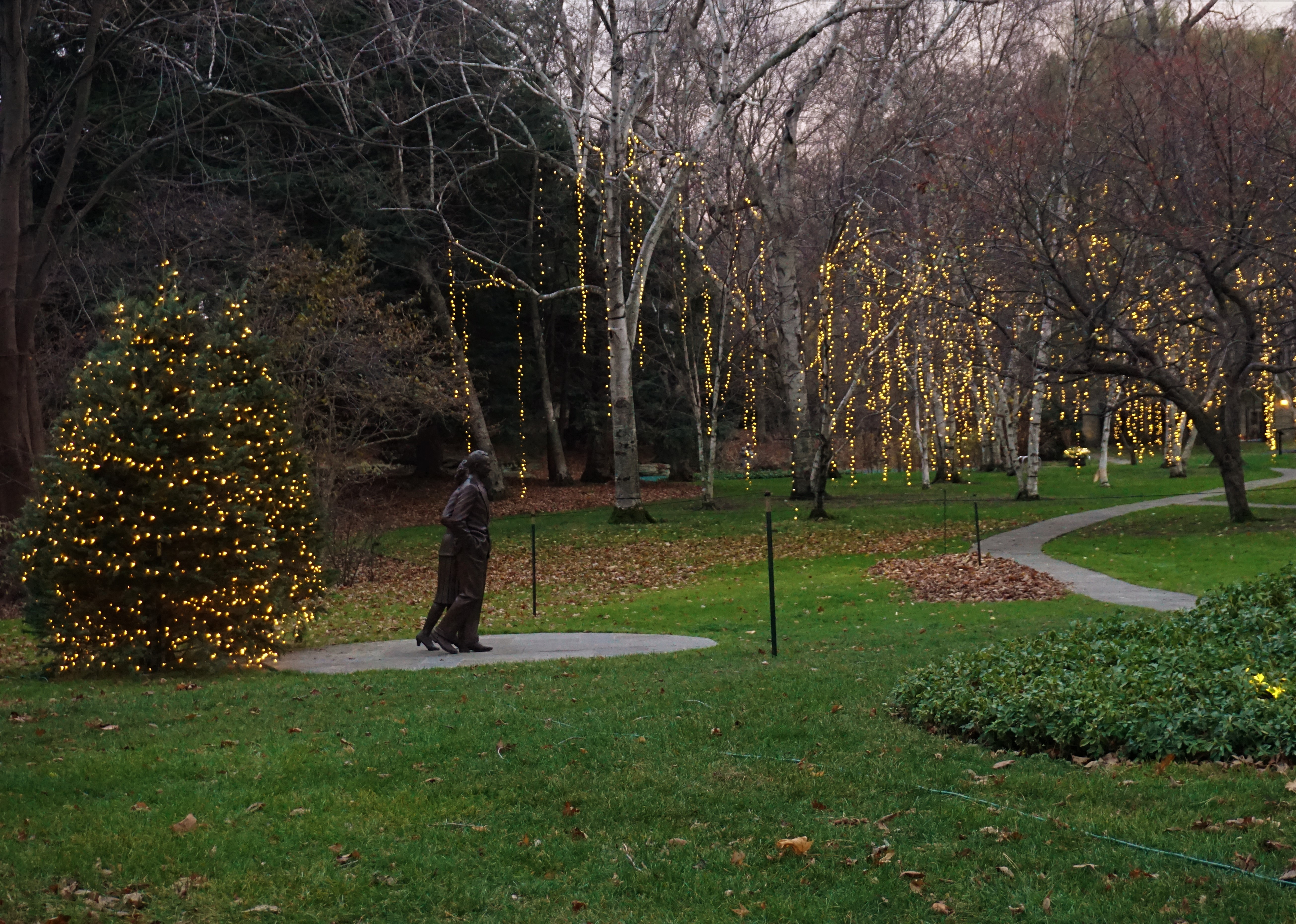
Mullins says Eleanor Ford requested that even after her death the vast estate grounds would be used to benefit the public by hosting events like holiday celebrations and symphony concerts.
Estate researcher Maggie Lidz points to the carefully-crafted landscaping surrounding the mansion, grounds that lead to the edge of a lake that seems to blend into the sky. Lidz says the landscape is so breathtaking it recently earned the site a designation as a National Historic Landmark.
“You don’t see an end to the lake. (It just turns into) the skyline. The lake changes color every day,” Lidz said.
Mullins added, “(The Fords) chose to come out here because of the solitude.”
“The rich people from Detroit would come to Grosse Pointe…and have a good time. And, of course, naturally adult beverages were part of the scenario.” — Pam Scanlon, Grosse Pointe Historical Society
Divided by the Demon Rum
But why did officials in the Grosse Pointes choose to split the area into five separate municipalities?
The woman with the answer to the mystery is Grosse Pointe Historical Society researcher Pam Scanlon.
“The rich people from Detroit would come to Grosse Pointe when the weather was nice. And they would come and have a good time. And of course, naturally, alcohol — adult beverages — were a part of the scenario. Then they had some trouble in 1880’s on the subject of alcohol. Some people wanted it, some people didn’t, because it was ruining their beautiful homes. Especially in the Farms. So they decided to split,” Scanlon said.

Beyond creating dry and wet communities, Scanlon says the Pointes began to carve an identity separate from the then-booming auto capitol of the world.
Scanlon said, “Grosse Pointe Park was part of the Township and Fairview was on the other side of Alter Road. The city of Detroit was annexing all sorts of property. Fairview was annexed. And Grosse Pointe Park did not want to be part of it. So they became the Village of Grosse Pointe Park.”
Scanlon says after World War II officials in the nearby village of Lochmoor decided to grab a bit of the Pointes’ growing cachet and transformed itself into Grosse Pointe Woods.
She adds that a few years ago voters in Grosse Pointe Shores changed it from a village to a city to create a new governing and tax structure officials said would be more cost-effective.
So the answer to the mystery is that the Grosse Pointes originally began dividing into separate cities because of concerns over the demon rum.
It is a surprising answer to WDET listener Dwayne Dobine.
“No way! That is so interesting,” he said. “I would have never thought that the area with the affluent reputation actually started based on liquor.”
Are you are thirsting to know something about the Metro region? Let us know about it by going to WDET.org/Curious. CurisoiD is also now available as a podcast on i-tunes.
About the Asker
